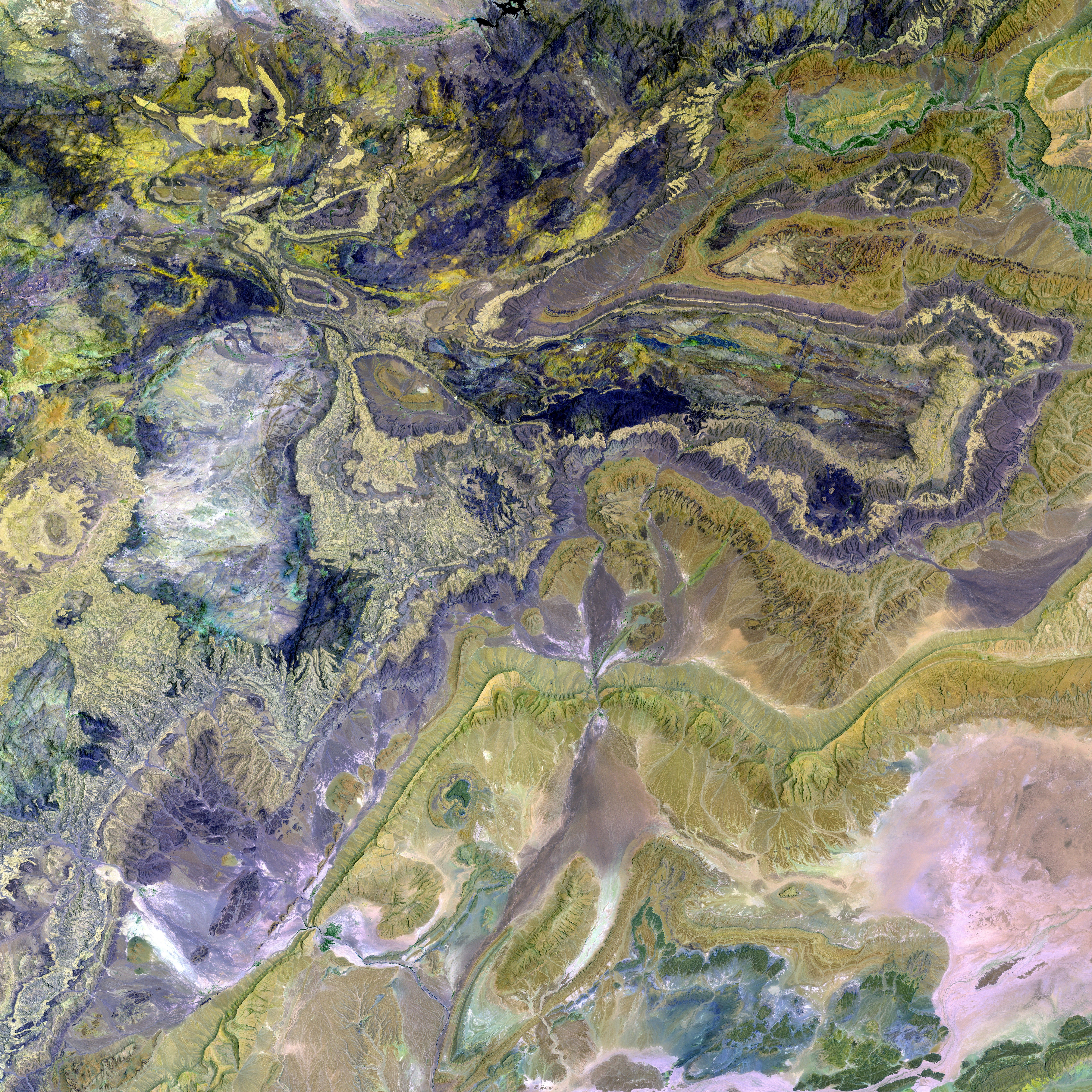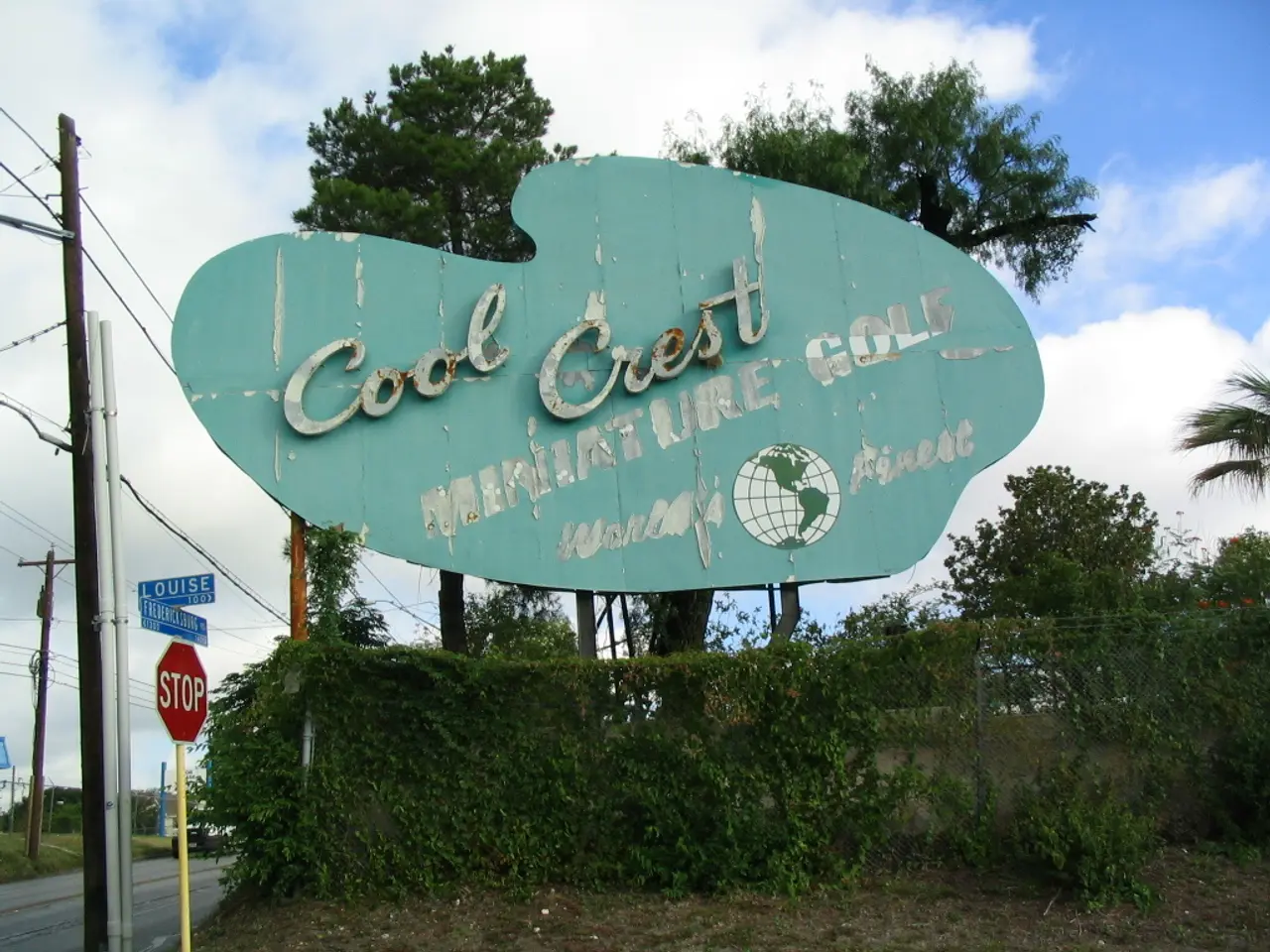Space Mining Strategies: Key to Long-Term Space Adventure and Environmental Preservation
Enabling Long-term Human Presence on the Moon and Mars Through In-situ Resource Utilization
The strategy of in-situ resource utilization (ISRU) has emerged as a transformative approach to facilitate the long-term residence of humans on extraterrestrial bodies, such as the Moon and Mars. By utilizing local resources for fuel, construction, and life support, ISRU lessens reliance on Earth-bound supplies, lowers mission costs, and enhances crew safety. This piece delves into the technological innovations and applications driving this critical capability.
- Fuel Production: Pioneering Propellant Independence
ISRU's most immediate impact centers on producing rocket propellant from local materials. Some notable methods encompass:
- Lunar Water Extraction: Ice deposits in permanently shadowed regions (PSRs) can be excavated using solar-thermal systems or drill-based augers. Sunlight is directed into craters via reflective mirrors to sublimate ice, which is then captured by cold traps[5].
- Hydrogen Reduction: Lunar soil rich in ilmenite reacts with hydrogen to produce water, which is subsequently split into oxygen and hydrogen for fuel[5].
- Mars Methane Production: The Martian atmosphere's carbon dioxide (CO₂) can be converted into methane () for reusable rockets[4].
These techniques could slash propellant launch costs by around 90%, enabling reusable landers and interplanetary voyages[2][6].
- Building Materials: Fabricating Off-World Infrastructure
Lunar and Martian regolith is vital for habitat construction. Key applications include:
- 3D Printing: NASA's Contour Crafting and ICON's robotic systems employ regolith mixed with binders to create radiation-shielded habitats, landing pads, and roads[4][6].
- Modular Assembly: Robots like ARMADAS autonomously assemble structures from prefabricated components or regolith-derived blocks, shielding humans from hazardous environments[4].
- Dust Mitigation: Compacted regolith layers protect against micrometeorites and radiation, while in-situ concrete alternatives reduce the need for transporting materials[1][6].
- Life Support: Maintaining Human Survival
ISRU secures self-sufficiency in vital consumables such as:
- Oxygen Generation: Water electrolysis or molten regolith electrolysis provides breathable air[5][6].
- Water Recycling: Closed-loop systems clean urine and humidity, while polar ice mining supplements reserves[3][5].
- Plant Cultivation: Lunar greenhouses using regolith-derived substrates and hydroponics could bolster food supplies, although radiation shielding remains a challenge[5].
- Benefits and Challenges
Key Advantages:
- Reduces mission mass by 30-60%, saving billions in launch costs[1][4]
- Enables extended stays through on-demand resource production (e.g., radiation shielding, spare parts)[2]
- Supports infrastructure scalability, from fuel depots to Mars sample return missions[2][6]
Challenges:
- High energy demands: Water extraction from icy soils requires 8.6-37.9 Wh/g, depending on ice concentration[5]
- Technical risks: Dust contamination, volatile extraction efficiency, and robotics reliability in extreme conditions[1][4]
- Regulatory gaps: Planetary protection policies must strike a balance between resource use and scientific preservation[4]
- The Path Forward
ISRU is no longer theoretical; NASA's Artemis program and commercial entities like SpaceX are prioritizing:
- Lunar demonstrations: Prototyping oxygen extraction plants and robotic excavators by 2030[4]
- Mars precursor missions: Testing -to-methane conversion ahead of crewed expeditions[6]
- International collaboration: Shared research on beneficiation, modular reactors, and autonomous systems[1][5]
By 2040, ISRU could enable permanent lunar bases and Mars transit hubs, marking humanity's transition from Earth-dependent explorers to a multi-planetary species.
ISRU transcends its role as a survival tool. From fueling rockets to 3D-printing habitats, this technology transforms alien landscapes into the next frontiers of human exploration.
Sources: 1-6 represent reliable, reputable sources, including NASA, SpaceX, and academic studies
- With on-site production of construction materials, ISRU has the potential to revolutionize off-world infrastructure, as seen in NASA's Contour Crafting and ICON's robotic systems that create radiation-shielded habitats from regolith, allowing for the fabrication of lunar and Martian buildings [4, 6].
- Advancements in science and technology through ISRU can enable life support systems that ensure human survival, such as the production of oxygen via water electrolysis or the cultivation of plants in lunar greenhouses using regolith-derived substrates [5, 6].




